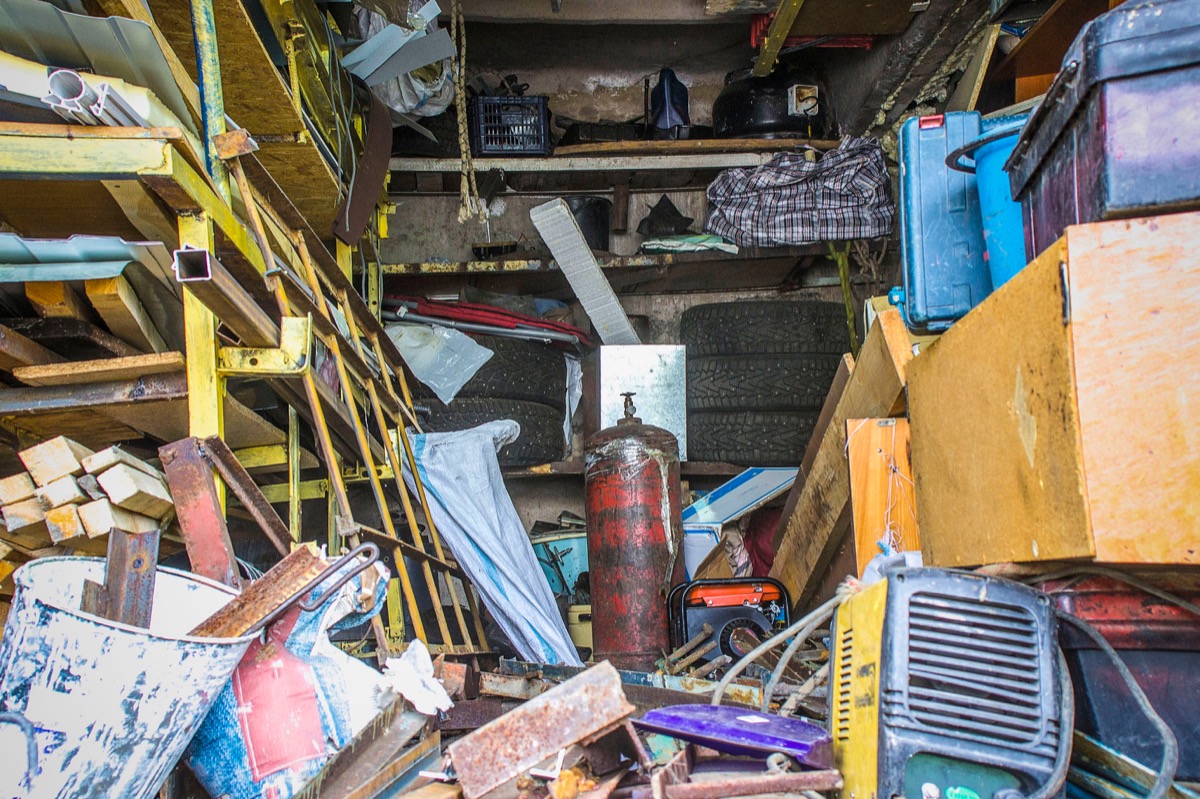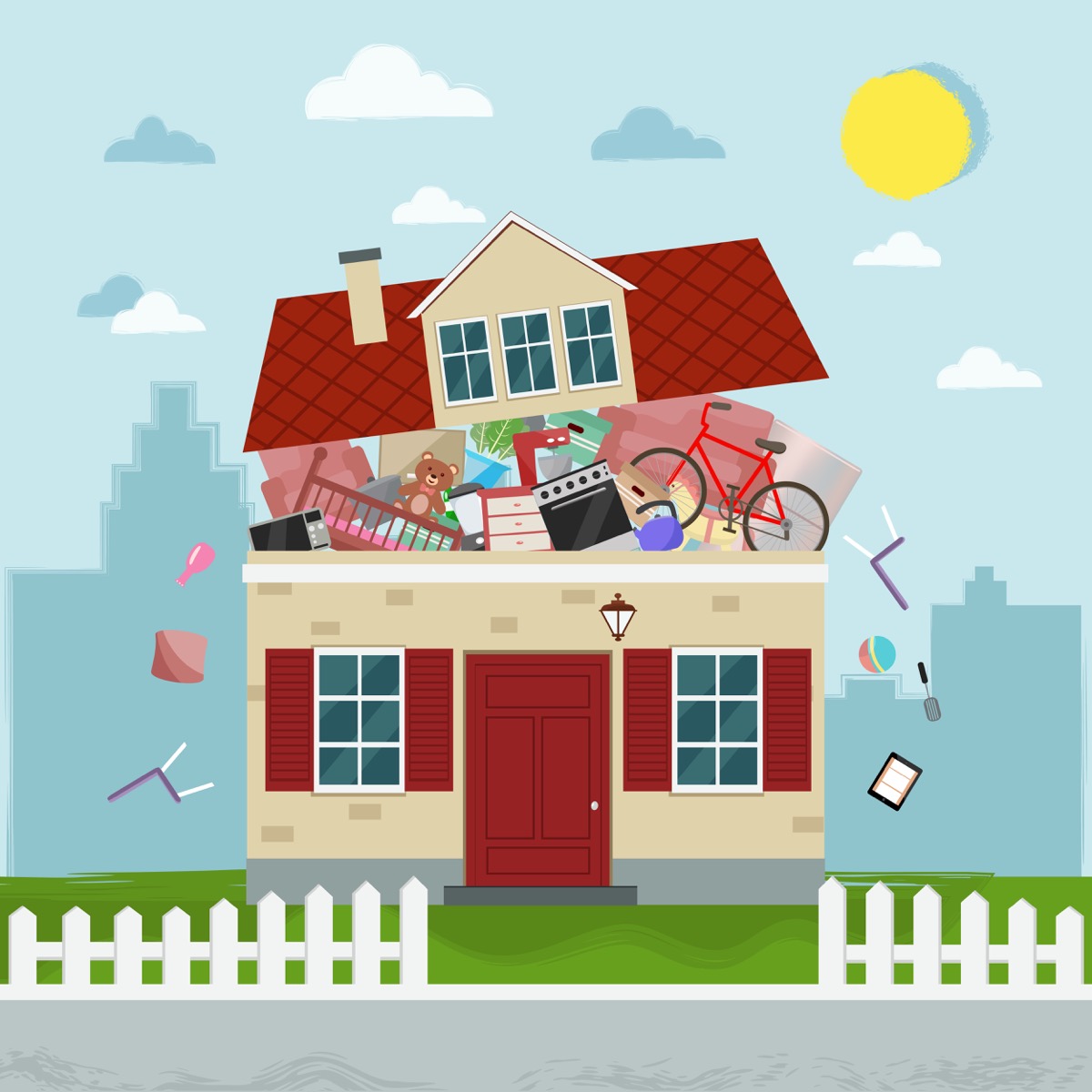Diagnosis and Treatment Options
Oftentimes, it is difficult to spot a hoarder out and about, unless they are within their home. Hoarders also do not realize that their behaviors are always harmful until it is too late. They might not understand that their possessions are deleterious and dangerous. Plus, if the individual started hoarding things for comfort or sentimental value, such as animals, they may be blind to the neglect; and that attachment often becomes so strong that they react with violence and outrage whenever the animals are separated from the home.

Did you know 100-percent of hoarders will relapse without treatment? It’s true, particularly for animal hoarders. Treatment is absolutely necessary. Right now, the primary treatment method for hoarding is cognitive behavior therapy (CBT). Alongside CBT sessions, the individual is often placed on medications to treat anxiety and depression.
Complementing cognitive behavior therapy, patients also have talk therapy sessions, because that will help them not only identify their poor behavior but uncover the reasons they had starting hoarding in the first place. Talk therapy challenges the way the patient sees certain items so they can learn to resist the urge to possess more items or animals. Cognitive behavior therapy also aims to teach hoarders how to care for their possessions and be more organized, how to cope more healthily, and how to improve decision-making skills. During the treatment period, the patient’s household will be cleaned and organized.
Presently, no specific medications have been approved by the FDA for treating hoarding addiction. However, a type of antidepressant called selective serotonin reuptake inhibitors (SSRIs) have become a popular prescription for controlling hoarding behaviors and preventing relapse.
More from Things Health
-
Vitamin Deficiencies And Hair Loss
Now this is a typical question that's typically asked by people who're searching for a few simple and cheap ways to eventually put a finish…
-
The Most Effective Cough and Cold Remedies
It’s that time of year again, runny noses, foggy heads and sore throats are plaguing several of us, best known as “cold and flu season”.…
-
Mindfulness And Meditation
Meditation was found to have a favorable influence on the body, brain, and spirit. Successful direction of persistent pain, reduction in blood pressure level, and…
-
The Common Cold
Common cold, also known simply as a cold, is a viral infectious disease of the upper respiratory tract that primarily affects the nose. The throat,…
-
Liver Disease And Chronic Fatigue
50 percent of the sufferers with an underlying liver condition show no symptoms of the disease. The symptoms are actually very regular, as for instance…






